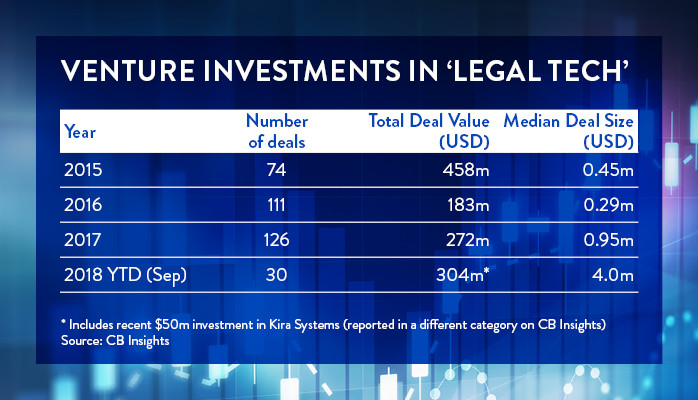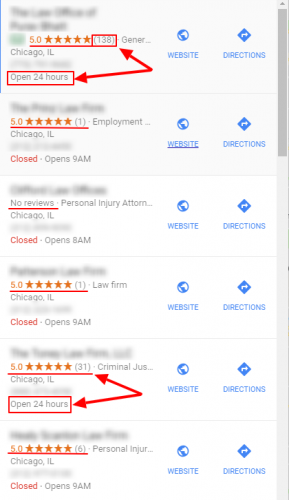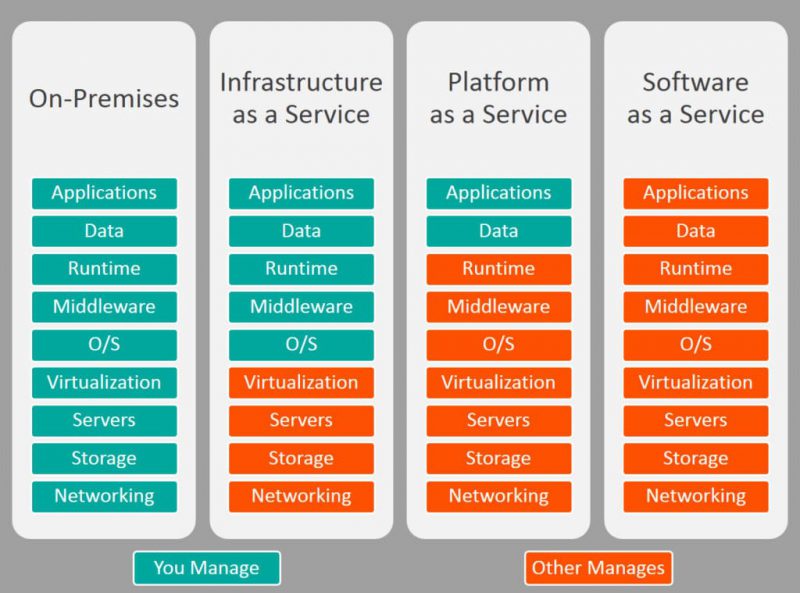
Client expectations are growing. They need paralegals. But what are those best practices paralegals need to help their firms fulfill the needs of their clients?
Today firms are expected to produce work that provides a significant amount of value for clients and their interests. Firms are struggling under the weight of an ever-increasing workload. It’s too much for attorneys to bear on their own.
They need you.
Firms are relying more and more on paralegals to help them manage their growing workload.
Why paralegals should carry this heavy workload
It’s a chance to add value.
It’s an incredible opportunity to show everyone in your firm that you’re the indispensable legal professional you know yourself to be.
Why does that matter?
There’s a significant amount of confusion regarding a paralegal’s roles and responsibilities. As far as firms are concerned paralegals aren’t created equal. What’s worse, some firms have a diminutive view of paralegals.
These disparities are harmful.
Paralegals are either viewed as (a.) a “highly qualified administrative assistant” who is asked to spend a significant amount of time on low-value tasks an intern can handle or (b.) A “highly skilled legal professional” who’s able to manage a significant amount of complex legal work (with the appropriate levels of supervision and support).
It’s complicated, isn’t it?
Then, to complicate things further, there’s a small segment of attorneys who are threatened by paralegals. As firms ask paralegals to take on more work these attorneys resist, they’re afraid of becoming “displaced.”
Paralegals can fix this.
How? How can paralegals go about solving this complex, unpleasant and difficult problem?
By following best practices, paralegals can succeed.
Paralegals become too important to ignore when they follow best practices with unrivaled discipline. Which best practices are we talking about specifically?
Best practice for paralegals #1: Creating/following firm protocols
Your firm needs clear project, task and document management protocols. If they already have them it’s important that you follow them (many in your firm won’t). If you don’t have them, discuss them with management/partners in your firm.
You’ll want to create processes and guidelines for:
- Security, access, and privileges (e.g. determining who has access to what, when and why)
- Project, case and matter outlines and checklists
- Document access and management protocols
- Time tracking, billing, invoicing, accounting and reporting guidelines. Follow these protocols to the letter
- Managing disclosure notices and production requests
If you’re organized the people on your team are far more likely to be organized. This means paralegals have a direct impact on their firm’s utilization and realization rates.
Best practice for paralegals #2: Improving your organizational skills
It depends on the firm but paralegals today are expected to:
- Review and organize client files
- Perform legal research
- Prepare legal documents
- Draft pleadings
- Process discovery notices
- Interview clients and witnesses
- Administer subpoenas
- Manage a bevy of minor administrative requests (e.g. get coffee, return phone calls, etc.)
Today these tasks have ballooned into something more comprehensive. Paralegals at many firms are now expected to:
- Manage and coordinate electronic discovery
- Coordinate risk assessments
- Perform due diligence (delineated by practice area)
- Coordinate/manage compliance in specific/key areas
- Handle litigation activities (e.g. drafting pleadings, preparing for the trial, etc.)
- License and contract negotiation
- Monitor intellectual property
- Draft minutes
- Handle project, task and document management
This isn’t an either-or proposition. Oh no, this is an all of the above proposition. Paralegals are expected to handle a massive list of to-dos.
A list that continues to grow.
The more efficient you are at completing this growing list of to dos, the easier it will be to produce the results you need.
Rely on:
- Checklists, policies, procedures and protocols
- Software tools, resources and training aids that increase productivity and provide leverage
- A team of connectors, mavens and salespeople who improve your productivity
These three strategies keep you organized. They maintain efficiency and productivity. This seems so obvious. Why am I suggesting that you do this?
Because most of your peers aren’t doing this.
They’re not producing the volume of work that needs to be done and that’s simply due to a lack of the basics. It’s common for attorneys to make routine mistakes.
Best practice for paralegals #3: Voluntary CLE
Continuing legal education should be an ongoing concern. A large body of knowledge gives you the tools you need to become indispensable to your firm. But where do you start, what should you learn first?
- Develop basic business skills so you’re able to identify tasks that need to be delegated by attorneys to you
- Improve your project, matter and task management skills
- Improve your communication skills (reading and writing). Work to communicate clearly and precisely
- Identify when you’ll need to ask attorneys to delegate key tasks to capable paralegals (you)
- Request additional legal training from your firm
- Identify ways to improve paralegal utilization your firm
- Help the attorneys in your firm identify tasks, projects and activities you can help them with
Continuing your legal education is the easiest way to increase the value you’re able to provide to your firm. This, in turn, gives you the negotiating power you need to increase the salary, benefits and perks you receive.
Your firm’s expectations are growing.
These expectations are growing in direct proportion to client demands. Firms are expected to produce a large volume of outstanding work. But firms are struggling under the weight of an ever-increasing workload. It’s simply too much for attorneys to bear on their own.
You’re needed more than ever.
Carrying this workload is an opportunity. It’s a chance for you to show your firm that you’re the indispensable paralegal professional you know yourself to be.
It isn’t complicated.
It all boils down to best practices. You’re a highly skilled legal professional. Consistently following best practices validates that claim. With the right approach and good habits, you’ll have what you need to meet your firm’s growing expectations.










